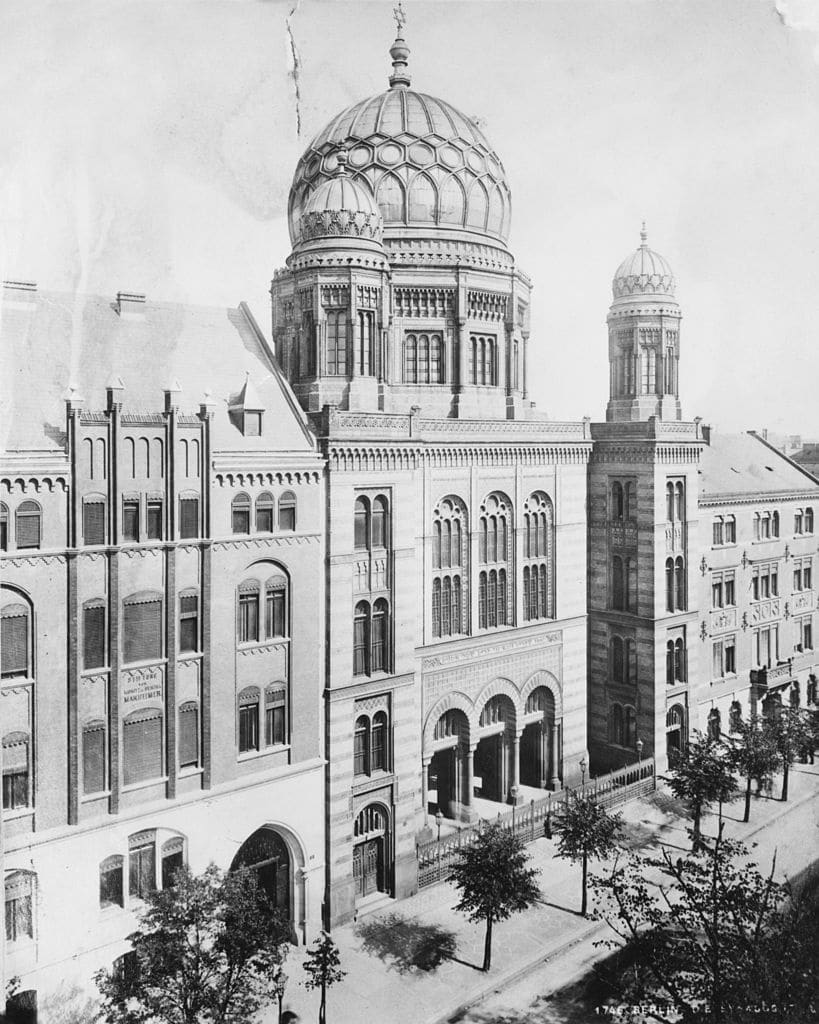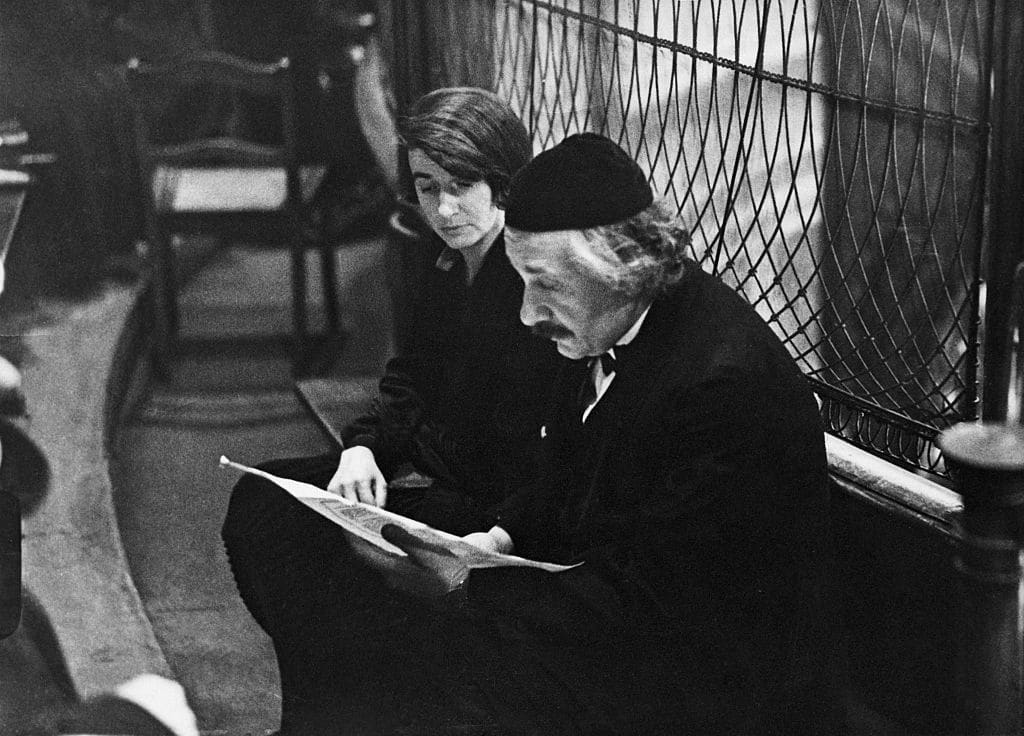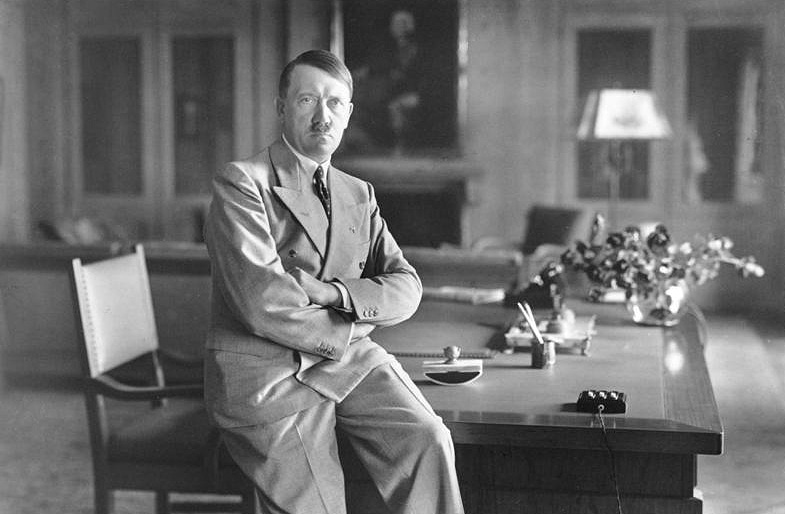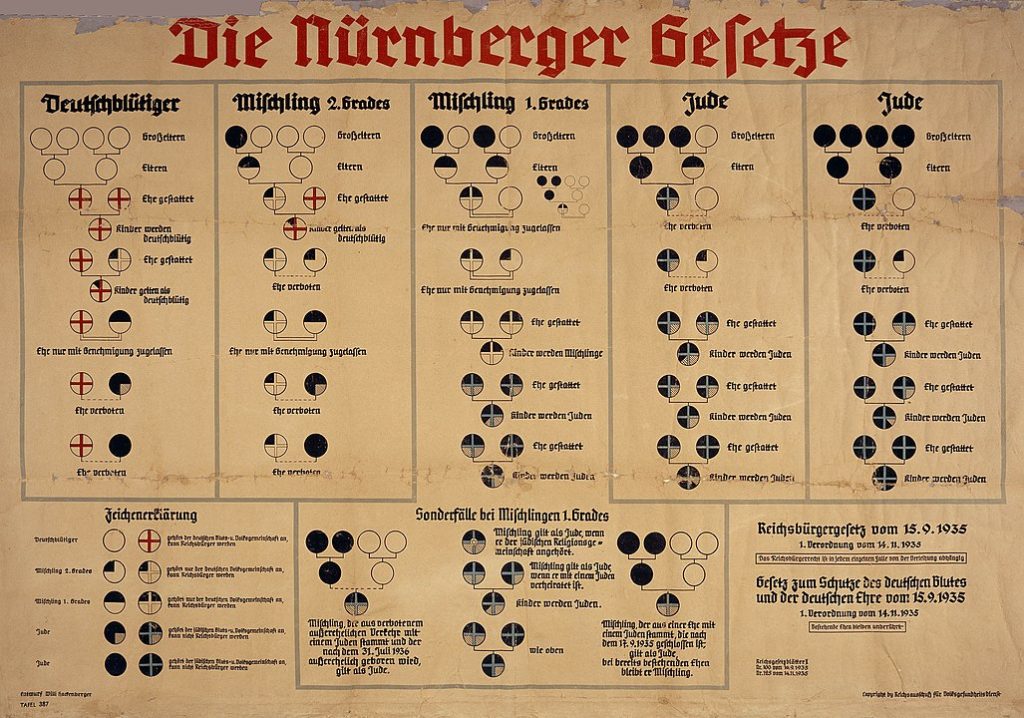In the first half of the 20th century, Germany was the preeminent intellectual and cultural capital of the world, and Jews were well-integrated citizens. The emergence of Nazism and its leader, Adolf Hitler, changed Europe and led to the greatest destruction that the Jewish people have ever faced: the Holocaust.

During the 1920s and 1930s, despite continuing antisemitism and occasional pogroms, Jewish communities were a large component of European society. Cities, villages, and towns across Europe boasted significant Jewish populations. In Germany, Jews were leading academics, artists, and politicians, as well as teachers, doctors, farmers, and shopkeepers.

During this time, a fringe political movement began gaining ground in Germany, promoting an extremely racist nationalism. They were called the National Socialist Workers Party, or Nazis, and their leader was a man named Adolf Hitler. Anti-Semitism was foundational to their ideology. In his infamous book Mein Kampf, Hitler called the Jewish people a “noxious bacillus” that lives “as a parasite in the body of other nations.” “Once I really am in power,” Hitler declared in 1922, “my first and foremost task will be the annihilation of the Jews.”

In spite of rising support, Hitler and the Nazis initially failed to gain much ground in German parliament. It was not until after the economic collapse of 1929 that the party began to gain real political power. Social turmoil and strife led to a polarized and unstable political climate, and very quickly the Nazi party became the largest faction in the Reichstag. In January of 1933, Adolf Hitler was appointed Chancellor of Germany.

One month later, the Nazis claimed that a fire at the Reichstag was started by communists planning an insurrection, and used the fear of a communist takeover to abolish constitutional protections. Shortly thereafter, Hitler was given the right to govern without the consent of parliament, effectively establishing a Nazi dictatorship in Germany.

On September 15, 1935, the Nazis passed a series of notoriously racist laws called The Nuremberg Laws, which stripped Jews of their German citizenship, removed all of their political rights, and legally institutionalized their persecution. Many Jews attempted to flee the country, though their options of where to go were very limited.
